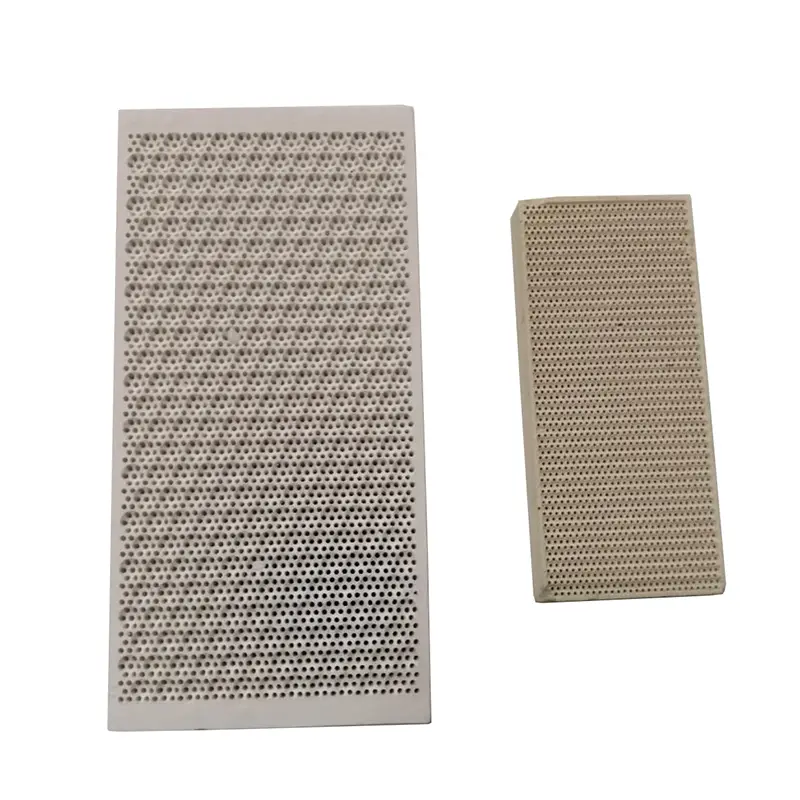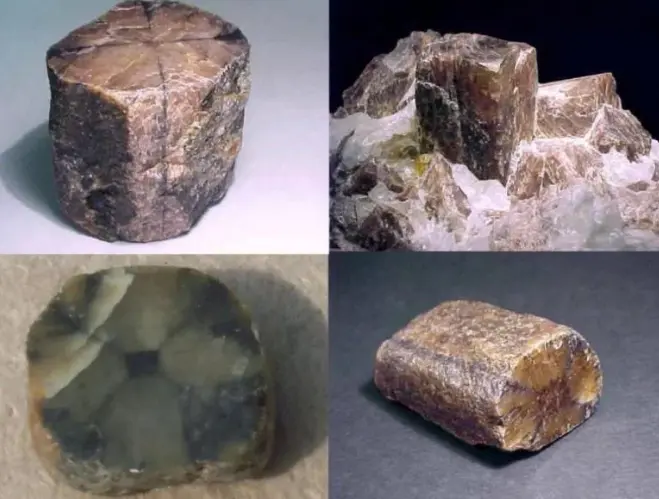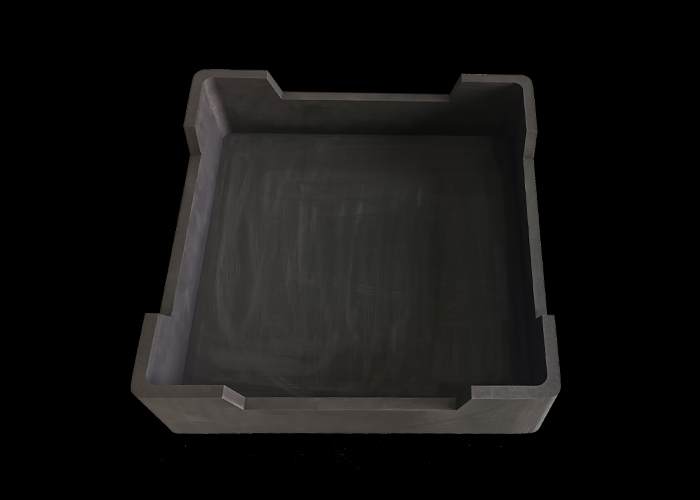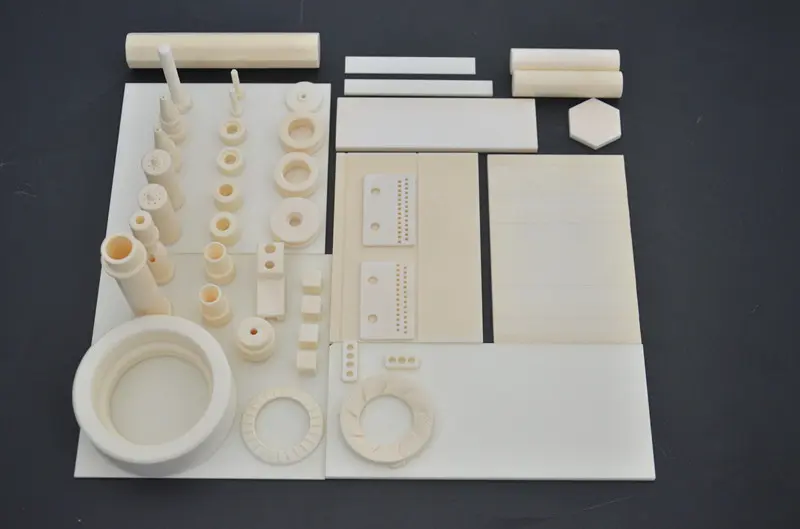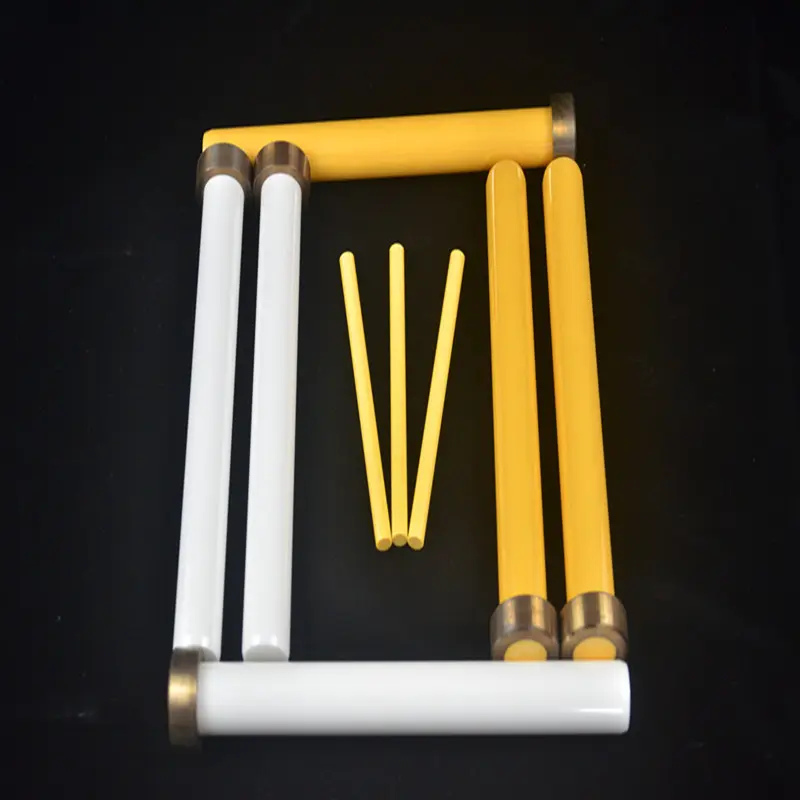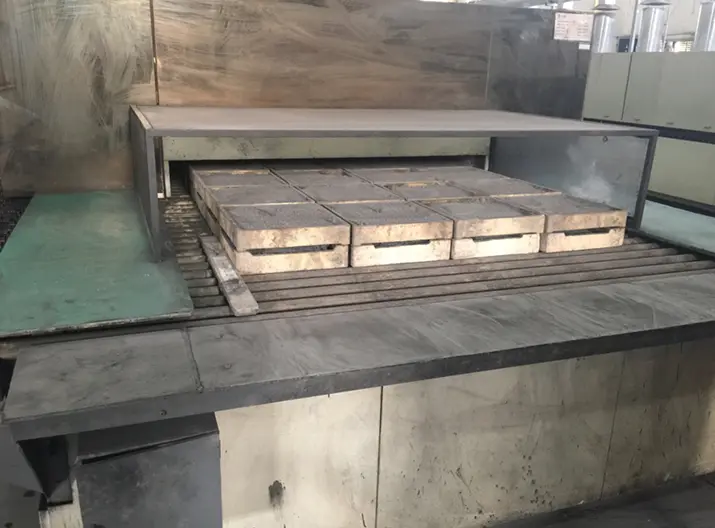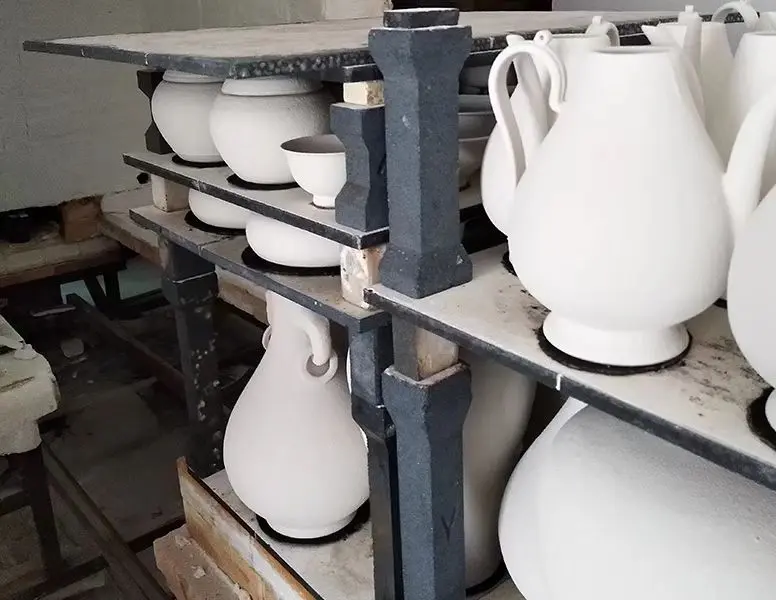The Versatile Applications of Alumina Ceramics in Modern Industries
Alumina ceramics, also known as aluminum oxide ceramics, have gained significant attention in various industries due to their exceptional properties and versatility. With a high melting point, excellent wear resistance, and outstanding electrical insulation capabilities, alumina ceramics are increasingly being utilized in applications ranging from electronics to biomedical devices. In this blog, we will explore the diverse applications of alumina ceramics and their impact on modern technology.
One of the most prominent applications of alumina ceramics is in the electronics industry. The demand for miniaturization and efficiency in electronic devices has led to the use of alumina ceramics in substrates for integrated circuits and electronic components. Their high dielectric strength and thermal stability make them ideal for insulating materials in capacitors, resistors, and other electronic components. Additionally, alumina ceramics are used in the production of insulators for high-voltage power lines, ensuring safety and reliability in electrical transmission.
In the field of biomedical engineering, alumina ceramics have emerged as a popular choice for various applications. Their biocompatibility and mechanical strength make them suitable for dental implants, prosthetics, and orthopedic devices. Alumina ceramics can withstand the harsh conditions of the human body, providing long-lasting solutions for patients. For instance, dental crowns made from alumina ceramics not only offer aesthetic appeal but also exhibit excellent wear resistance, making them a preferred choice for restorative dentistry.
The automotive industry has also recognized the potential of alumina ceramics. With the increasing focus on fuel efficiency and emissions reduction, alumina ceramics are being used in components such as spark plugs, sensors, and catalytic converters. Their ability to withstand high temperatures and corrosive environments makes them ideal for these applications. Furthermore, alumina ceramics are being explored for use in lightweight structural components, contributing to the overall efficiency of vehicles.
In the realm of cutting tools and wear-resistant applications, alumina ceramics have proven to be invaluable. Their hardness and toughness make them suitable for manufacturing cutting tools, grinding wheels, and wear-resistant coatings. Industries such as aerospace, mining, and manufacturing benefit from the durability and longevity of Alumina Ceramic Components, reducing downtime and maintenance costs.
Another exciting application of alumina ceramics is in the field of thermal management. As electronic devices generate heat, effective thermal management solutions are essential to ensure optimal performance and longevity. Alumina ceramics are used in heat sinks and thermal interface materials, providing efficient heat dissipation and enhancing the reliability of electronic systems.
Moreover, the development of advanced alumina ceramic composites has opened new avenues for innovation. By combining alumina with other materials, researchers are creating composites that exhibit enhanced properties, such as improved toughness and thermal conductivity. These composites are being explored for applications in aerospace, defense, and energy sectors, where performance and reliability are critical.
In conclusion, the application of alumina ceramics spans a wide range of industries, showcasing their versatility and importance in modern technology. From electronics to biomedical devices, automotive components to cutting tools, alumina ceramics are making a significant impact. As research and development continue to advance, we can expect to see even more innovative applications of alumina ceramics in the future, further solidifying their role as a key material in various sectors. The ongoing exploration of their properties and potential will undoubtedly lead to exciting developments that enhance our daily lives and drive technological progress.


